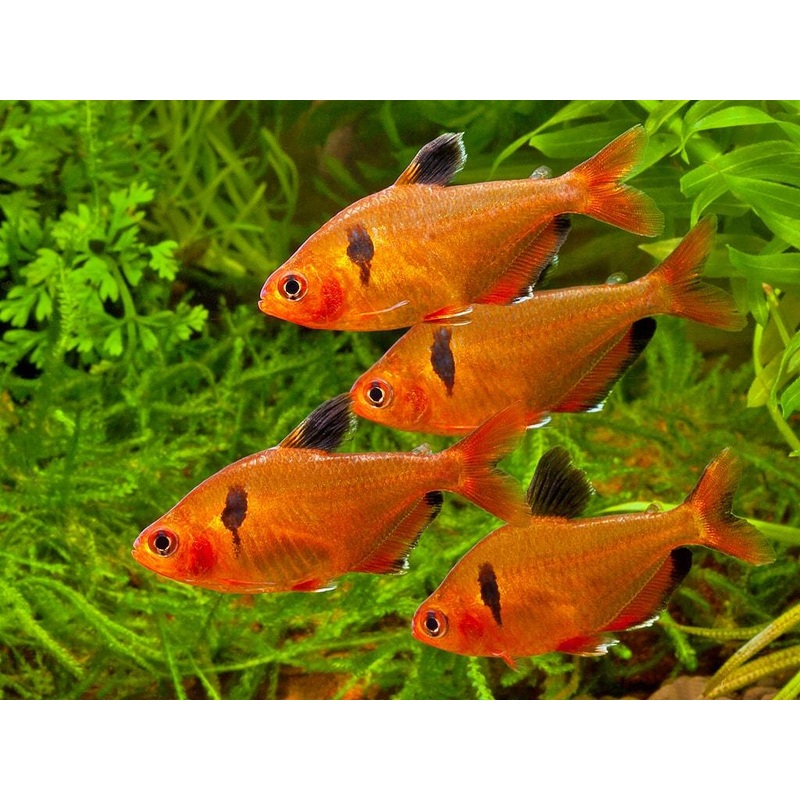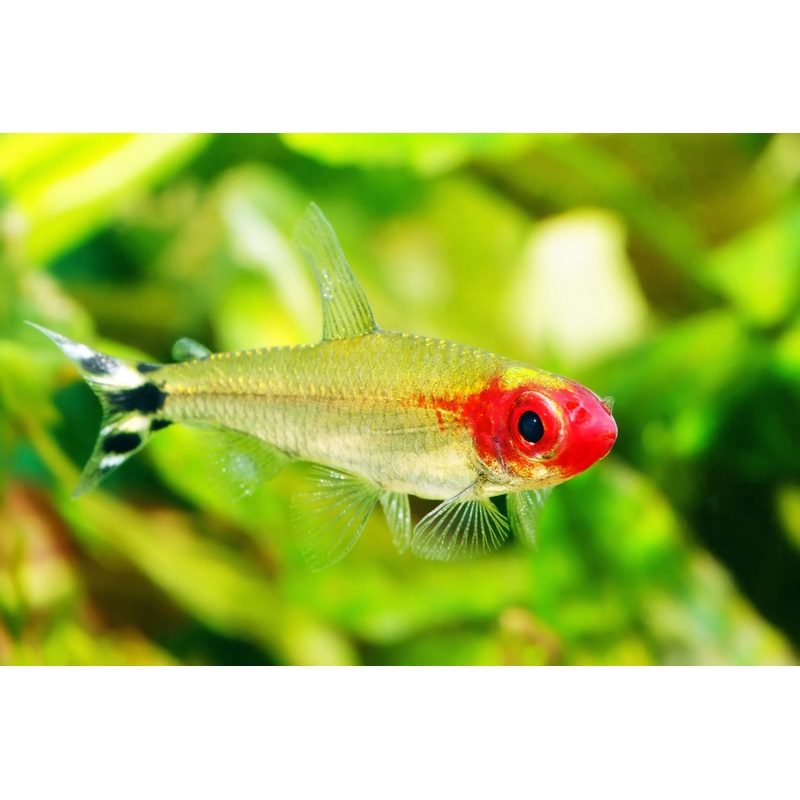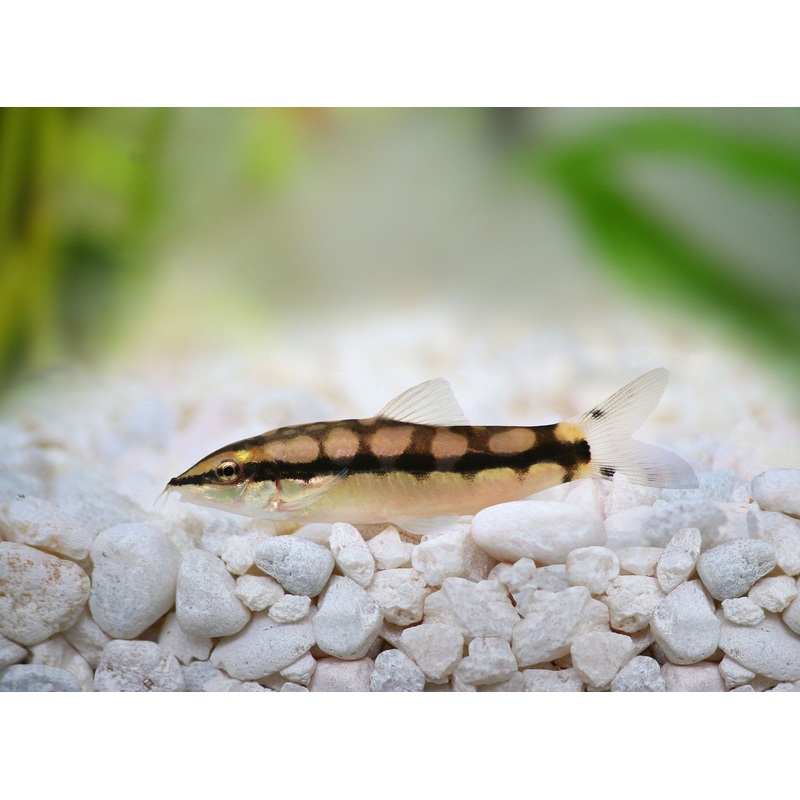Description
A peaceful shoaling tetra for the community aquarium. Usually misidentified by exporters as H. heliacus
Overview
| Synonyms | None |
| Distribution | Argentina, Brazil, and Paraguay: Rio Parana & Rio Paraguay. |
| Maximum Size | 1.5cm |
| Temperature | 15-27C |
| Water Parameters | Soft and slightly acidic preferred. pH: 6.0-7.2, KH: up to 15 degrees. |
| Compatibility | Community |
| Lighting | Medium |
| Sexual Dimorphism | Mature males develop elongated dorsal and pelvic fin rays, and the anterior portion of the anal fin also has a broad lobular shape. Mature females likely to be fuller bodied. |
| Feeding | Flake, granules and frozen foods |
Description
Care
The Reed Tetra is known from shallow, moderately turbid channels, swamps, and small tributaries where the water is soft and acidic and densely packed with aquatic vegetation. These diminutive shoaling fish form large aggregations, and are often joined by the very similar-lookingCorydoras hastatus(which unusually for aCorydorasspecies, swims in midwater). This mimetic relationship is thought to afford theCorydorasimproved foraging opportunities and better protection from predators.
Reed Tetras are a peaceful species, ideal for mature softwater aquaria. Thanks to their Southerly distribution they’re also a good choice for an unheated aquarium. The tank should be furnished with plenty of driftwood to create lots of shady areas, and the tannins that are gradually released from the wood should help to acidify the water whilst giving it a natural, clear tea-colour (and the fish often show enhanced colours under such conditions). Peat filtration can also help in this respect. Dense planting, both rooted and floating, will help to make the fish feel secure. Lighting should not be too bright (tannins and floating plants can help to diffuse brighter lighting), and darker substrate and background choices will help to show off their beautiful colours. Reed Tetras should always be maintained in good sized groups, 6 would be the minimum recommended, 10+ would be much better. Not only will the fish feel more secure, but this will result in a far more effective, natural-looking shoal. Tankmates should also be small and peaceful and able to thrive in the same conditions. Ideal tankmates could includeCorydorascatfish (in particular, a group ofC. hastatuswould make for a most interesting addition), dwarf cichlids such asApistogrammaborelliortrifasciataand some of the smaller Loricariidae (suckermouth catfish).
Reed Tetras are similar in appearance to the Kitty Tetra (H. heliacus), but the latter shows a golden body colour instead of the silver of this species. The scientific name “elachys” is from the Greek for little or small, and alludes to the small adult size of these fish. It’s rare to see Reed tetras labelled correctly, as most arrive misidentified as Kitty tetras.







Reviews
There are no reviews yet.